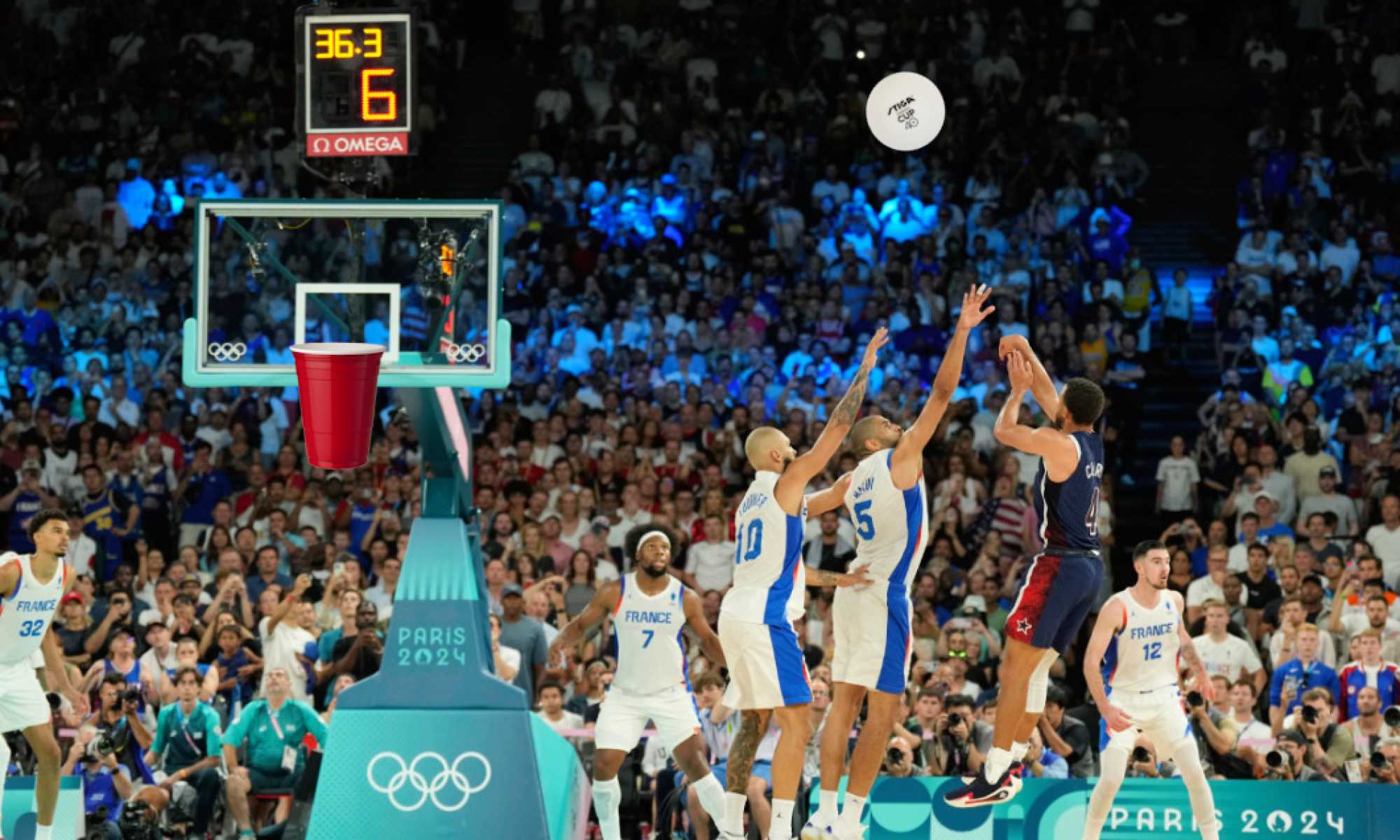Accomplishments
This week I looked at the design of the camera / CV system. For the camera, I researched and decided between the Intel Realsense models, namely the D515, D435 and the OAK-D S2. Eventually, I decided to pursue the D435 as it had the most suitable specifications for our project needs: cost of component, good range of operation (3 meters), having depth and colour sensing capabilities, having an onboard IMU (inertia measurement unit) for velocity sensoring. Furthermore, I did more research on the various algorithms / CV processes that could be used to track the position of the ball. On top of this, I also helped Josiah look at some of the feasibility of the gantry system (Cartesian robot) versus using an omnidirectional robot. Our main concern with the omnidirectional robot was precision as it would be difficult to calibrate the wheels and motor. Furthermore, pinpointing a central reference point for the robot to return to after every catch would also cause precision issues. However, this robot would be easy to assemble as many kits already exist for assembly. On the other hand, the Cartesian robot / gantry system would be very difficult to assemble and would require CAD and mechanical experience, which we all don’t have. However, the robotics portion of this would be much simpler as the gantry system naturally operates on a cartesian grid.
Deliverables
Next week I will finalize the system of algorithms of which satisfies both accuracy and latency challenges which our project face. Firstly I will need to come up with a prototype of the algorithmic approach to calculating the Cartesian coordinates of where the ball will land, given all the sensor data that I have. Furthermore, I will have to take this implementation and experiment with the real time latency. Based on the feasibility of the latency times, I would need to either redesign the algorithm, or port the implementation over to the Kria board using if fpga component.
